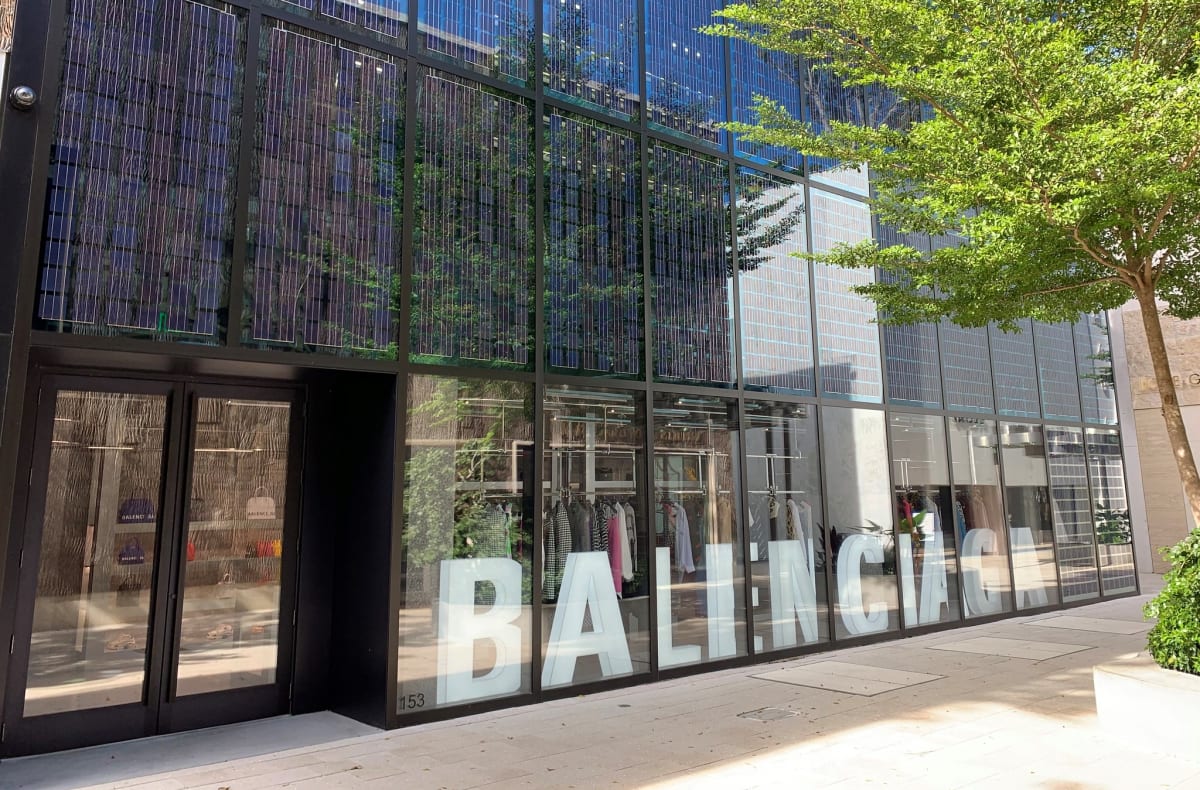Bitcoin-Backed Mortgages And Pristine Collateral Discussed At Bitcoin 2022
Bitcoin as an asset is a perfect form of collateral and will likely be used to provide financial backing for mortgages and other forms of debt.
Bitcoin 2022 hosted a panel at the Enterprise Stage on the use of bitcoin as collateral for mortgages and other debt-based instruments. The panel kicked off with moderator George Mekhail introducing the panelists: Edward Rodriguez, the co-founder and CEO of BPN Capital Group; Adam Reeds, the co-founder and CEO of Ledn; Sam Abbassi, the founder and CEO of Hoseki; and Josip Rupena, the founder and CEO of Milo.
Mekhail started the panel by introducing the topic of proof of reserves: how mortgage lenders verify that you have the bitcoin in order to qualify for the mortgage. “The idea that an exchange can prove to you that you have the assets that you should have … building a layer that can prove this … will unlock Bitcoin’s full potential.”
When asked why customers would not call Wells Fargo instead, Reeds responded, “When it comes to traditional income, they may not qualify … but they’re very wealthy in bitcoin.” This introduces the idea that bitcoin could replace income as the method of verifying a homeowner’s ability to pay back their loan.
Adding onto that concept of pristine collateral, Rupena said, “Bitcoin is the perfect collateral that an individual can have.”
Moving into bitcoin-backed mortgages, Rodriguez explained, “Starting in 2018, mortgages were a heavily regulated industry, we need to make sure we’re complying with all of the regulations … three years later, we were able to get the regulators happy.”
Financial inclusion was a concept echoed heavily throughout the panel.
“Also working on a fund where they purchase large commercial debt from financial institutions, and allowing investors to purchase them … allowing bitcoin owners to enter these industries that have largely only been exploited by the 1%.” -Edward Rodriguez
Many of the current lending companies that accept bitcoin as collateral aren’t necessarily the best option for mortgages because of the liquidation process. Reeds noted, “The key challenge of a bitcoin-backed loan is the liquidation; the ability to meet margin calls in the event of liquidation … very liquid asset with bitcoin, very stable asset in real estate … extending the margin call timeline to allow people two weeks to meet the collateral.”
By extending the timeline of margin calls, mortgage customers would have more time to deposit more collateral. Reeds explained how current bitcoin-backed loans do margin calls, “Current margin calls could be instant, when it hits 80% LTV, we liquidate the bitcoin to pay off the loan and close it out … rapid price movements could occur and you could be suddenly caught in the middle of that.”
Mekhail aptly identified that lenders may be more comfortable with bitcoin being this pristine collateral, and maybe those longer liquidation windows will be the norm. It also benefits the consumer, in that holding their bitcoin while financing a house instead of selling it is a real game changer.
In reply to how potential borrowers are responding to these new types of loans, Abbassi answered, “We haven’t had someone say no yet; there’s a lot of people who want to use their bitcoin without selling it. Bitcoiners hold the most valuable thing ever conceived in humankind, we should feel empowered by that, not shackled by that.”
Reeds responded to a question about regulation for using bitcoin as collateral for public mortgage lenders, “In regards to the way mortgage approval works today, you’re not even really lending against the asset, you’re lending against your future income.” By using bitcoin as collateral, it actually allows you to borrow against an asset of equal or higher value.
Reed compared holding private keys to holding a title, “If you have the keys, you have the title to it.”
Rodriguez built on Reeds’ response by coming back to the topic of financial inclusion, “We’re building financial instruments that were previously only available to the 1% … that’s what bitcoin represents, inclusion … how can we put the right tools in the Bitcoiners’ hands who, without having hundreds of millions of dollars, profit like the guys who have hundreds of millions of dollars.”
“The reason the third world is poor is because of a poor framework around private property rights,” Abbassi added, noting that allowing homeowners to post their bitcoin as collateral will allow for a much wider swathe of previously discouraged borrowers to finance a home.
In regards to borrowing against your bitcoin, Rupena says, “People can now actually keep their bitcoin, they can borrow 100% of the value of their purchase, all they have to do is pledge their bitcoin. We [Milo] weren’t stuck by the standards of Fannie (Mae) and Freddie (Mac).”
Rupena added, “We think this is a big opportunity, we have the responsibility to do it right.”
Rodriguez clarified his end goal of bitcoin-backed mortgages, “We are very close to the finish line when it comes to commercial mortgage-backed securities … The dream will be that, by next year, we have multiple mortgage-backed securities on the blockchain up and running.”
He concluded, “The reason Steve Jobs was able to get the computer out … was because he made it easy without people having to understand it … we have to make it in such a way that people don’t have to understand the backend of the technology for people to use it.”
Rupena chimed in next to share how bitcoin-backed mortgages offer the best of both worlds, “The ability to hold your bitcoin in the long run, and diversify into real estate … combining something that’s more liquid and more verifiable with bitcoin … [allows] alternative models of credit and expanding credit to a whole community.”
Finally, Reeds closed out the discussion with his comment, “Bitcoin is equal to everybody, the other thing that is equal to everybody is that everybody wants to own a home … What you can expect from Ledn in the next couple of years is we’re going to keep building, and keep using bitcoin to diversify into other asset classes.”









